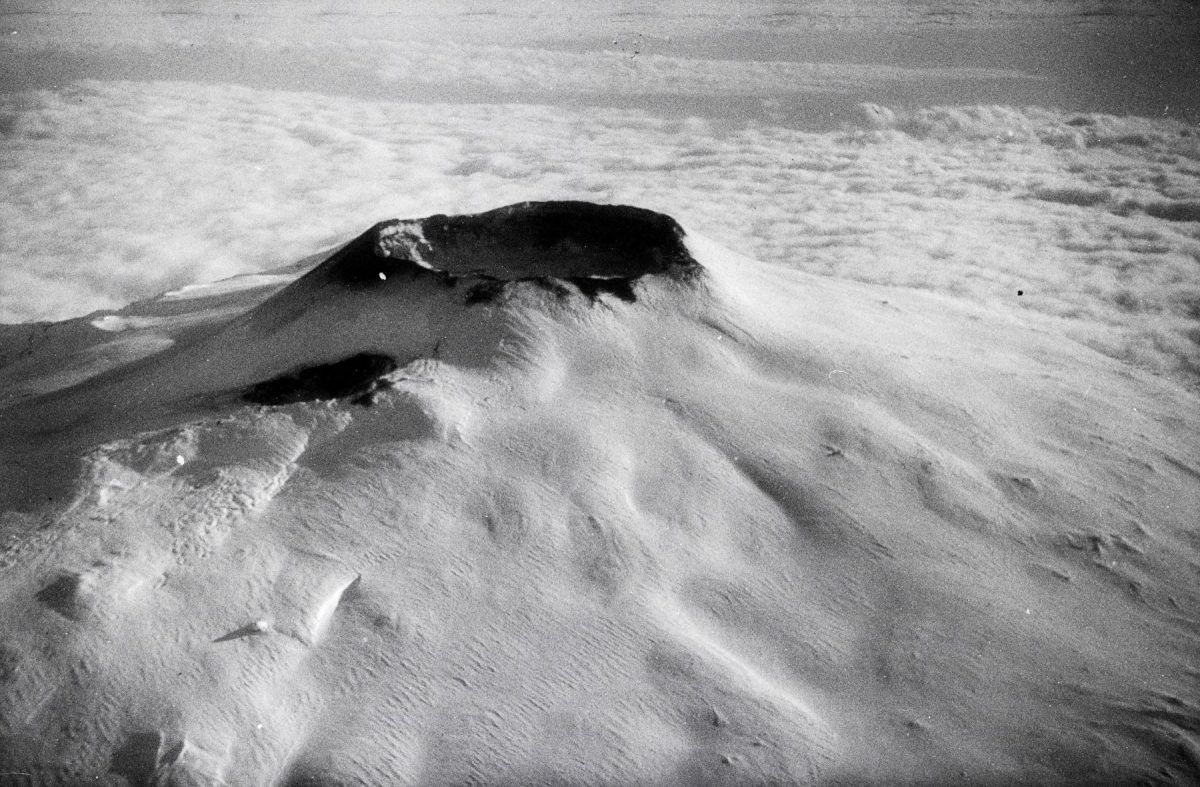
Mount Etna.
Technology offers opportunities for creativity.
During the First World War, Walter Mittelholzer (1894-1937) saw the potential to change the everyday experience through aviation.
Mittelholzer was a pioneering pilot, travel writer, and photographer. He successfully merged his interests into a singular passion by using aviation as a means to discover and document the world.
Mittelholzer was born and raised in Switzerland. During the First World War the Swiss remained neutral. Mittelholzer observed the use of aircraft in warfare. He quickly understood how aviation would allow people to travel freely and easily across the globe. He learned fly in 1917. He finished his training as a military pilot in 1918. Once qualified, he formed a photographic and aviation business with Alfred Comte (1895-1965). Comte was a fellow enthusiast and aviation pioneer. The pair offered passenger flights to various destinations. During their flights, Mittelholzer took aerial photographs of the countries they traversed. These were among the very first aerial pictures ever taken.
In 1920, Comte and Mittelholzer merged their company with Zürich-based airline Ad Astra Aero. This new venture eventually became Swiss Air.
During the 1920s, Mittelholzer achieved many aviation firsts. He was the first pilot to fly over Kilimanjaro; the first to fly over Mount Etna; the first to fly north-to-south over the continent of Africa in 77 days; the first to document his flights with aerial photography and film. Long before Google Maps, Mittelholzer planned to document as much of the world from the air as possible. Alas, this never happened. Mittelholzer died in an accident while climbing in Austria.
During his lifetime Mittelholzer produced over 18,500 photographs. These are now kept kept at ETH Library’s image archive in Zürich, Switzerland. His photographs remapped our visual understanding of the world. Allowing people to see for the very first time the terrain on which they lived.
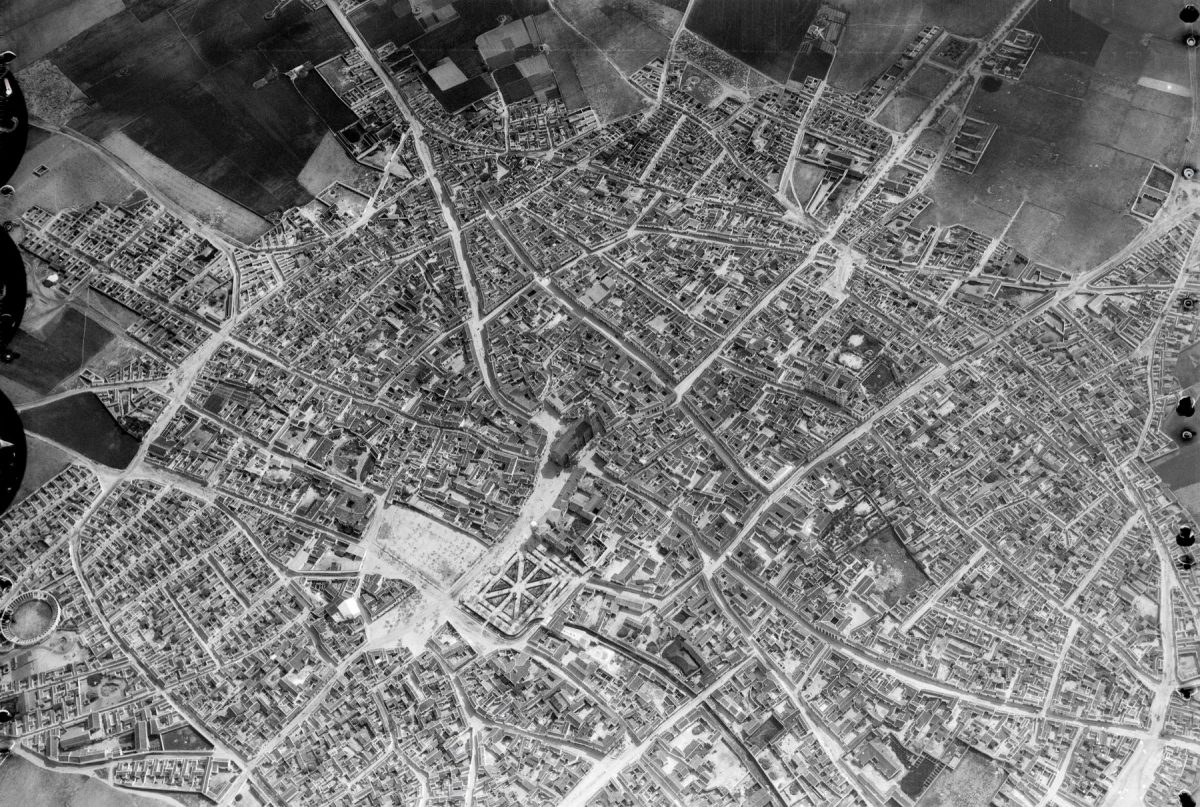
Madrid.
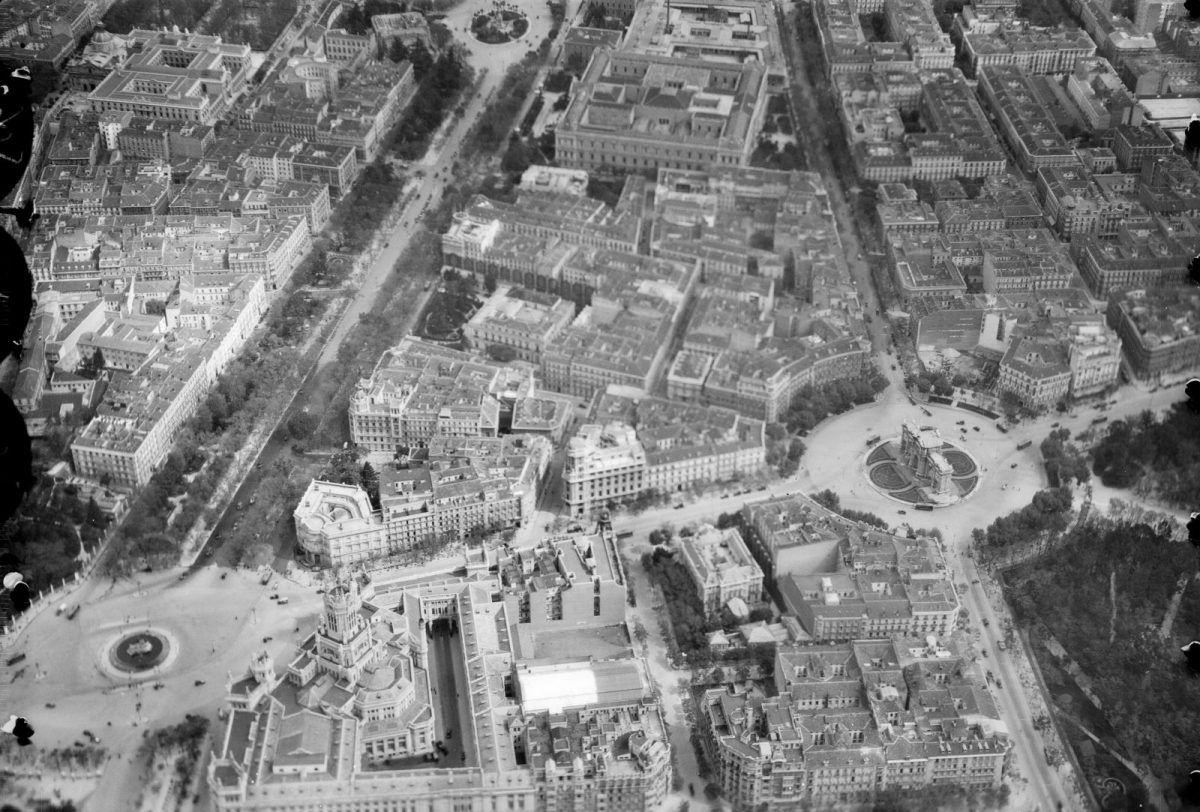
Madrid City Centre.
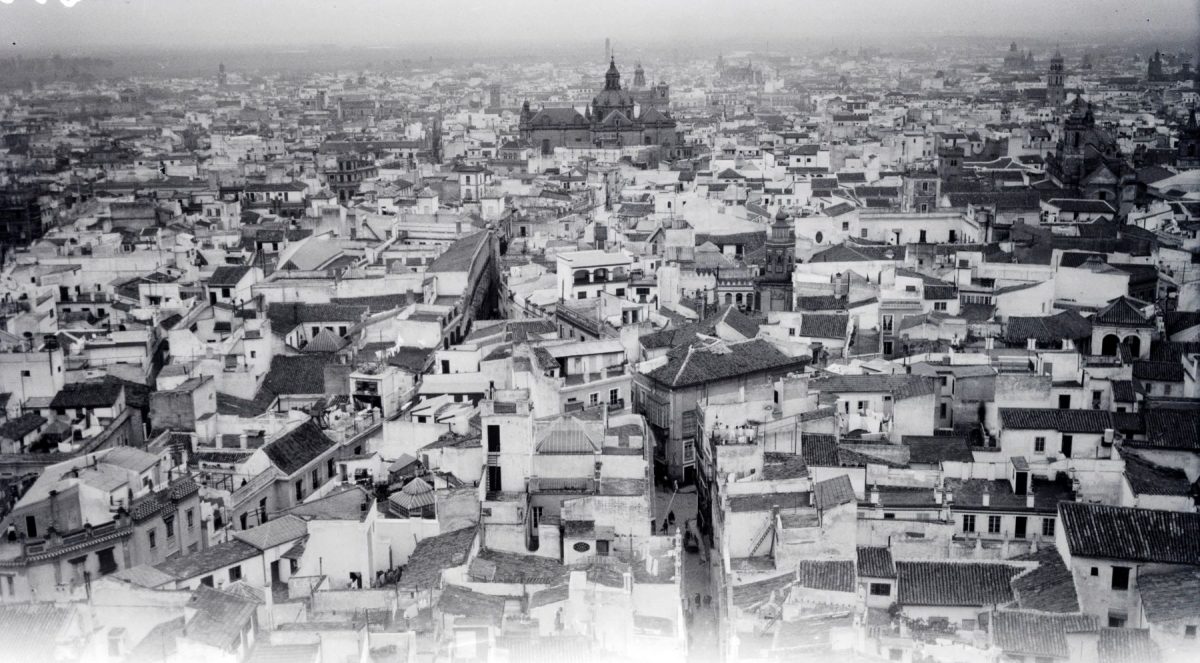
Seville.
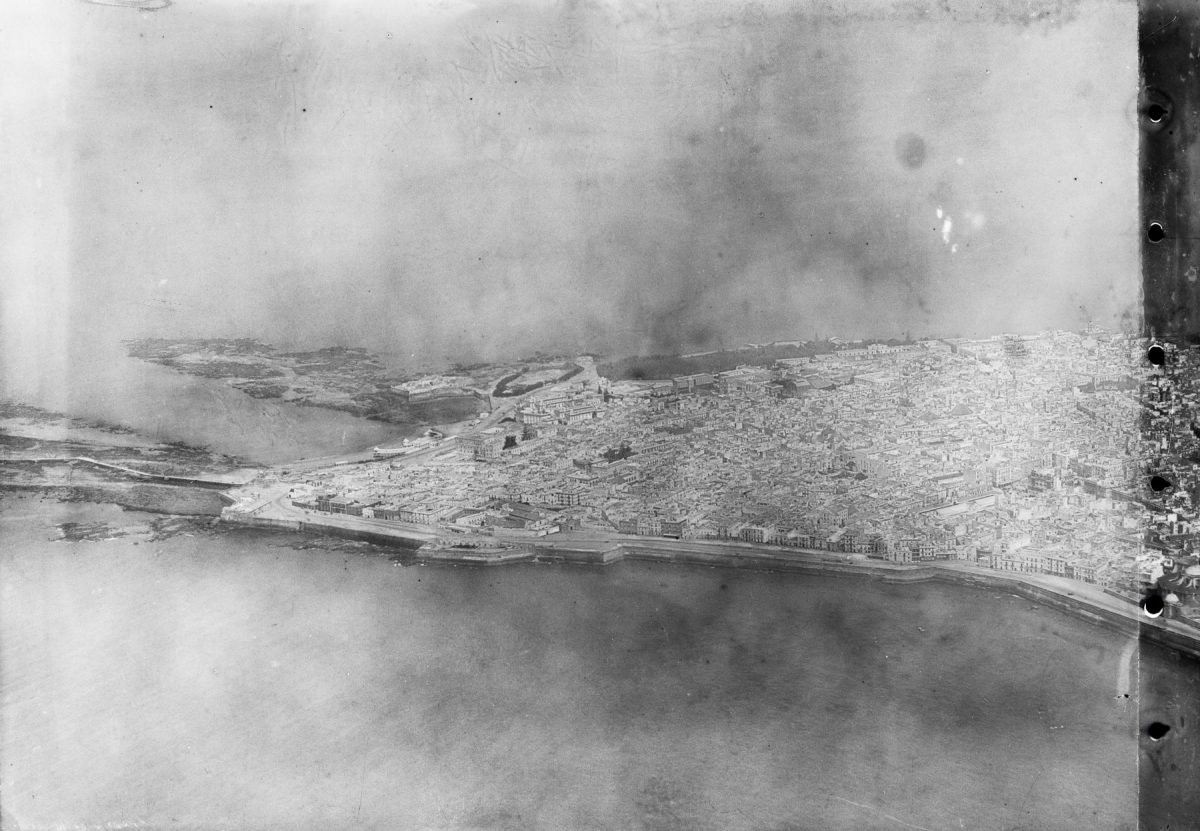
Cadiz.
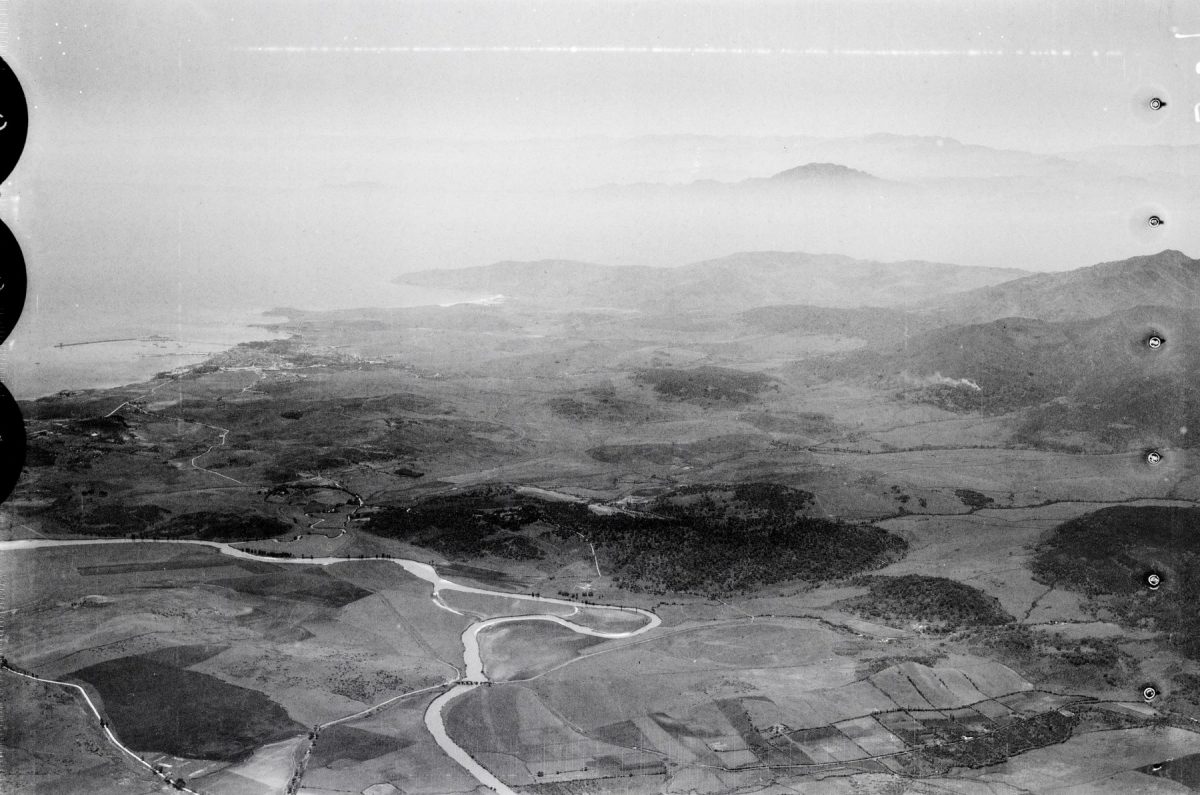
Algeciras.
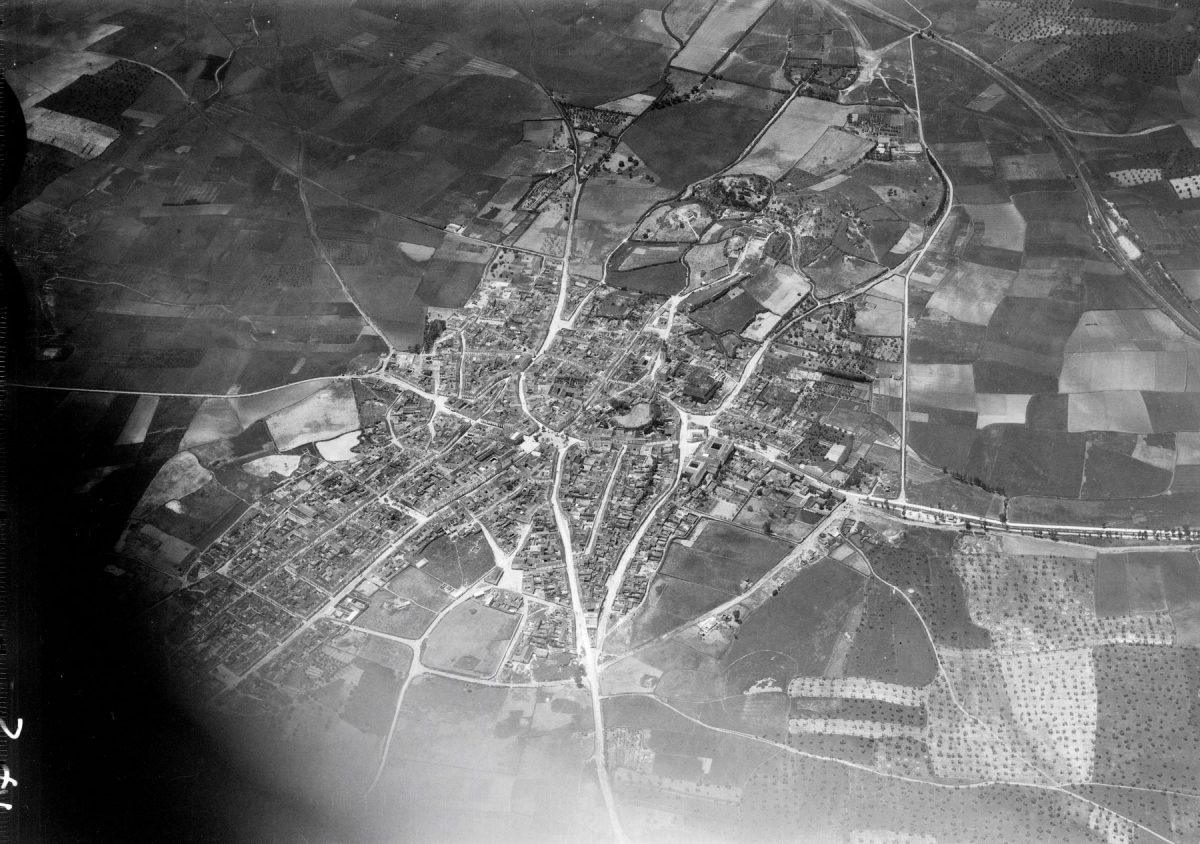
Arcos.
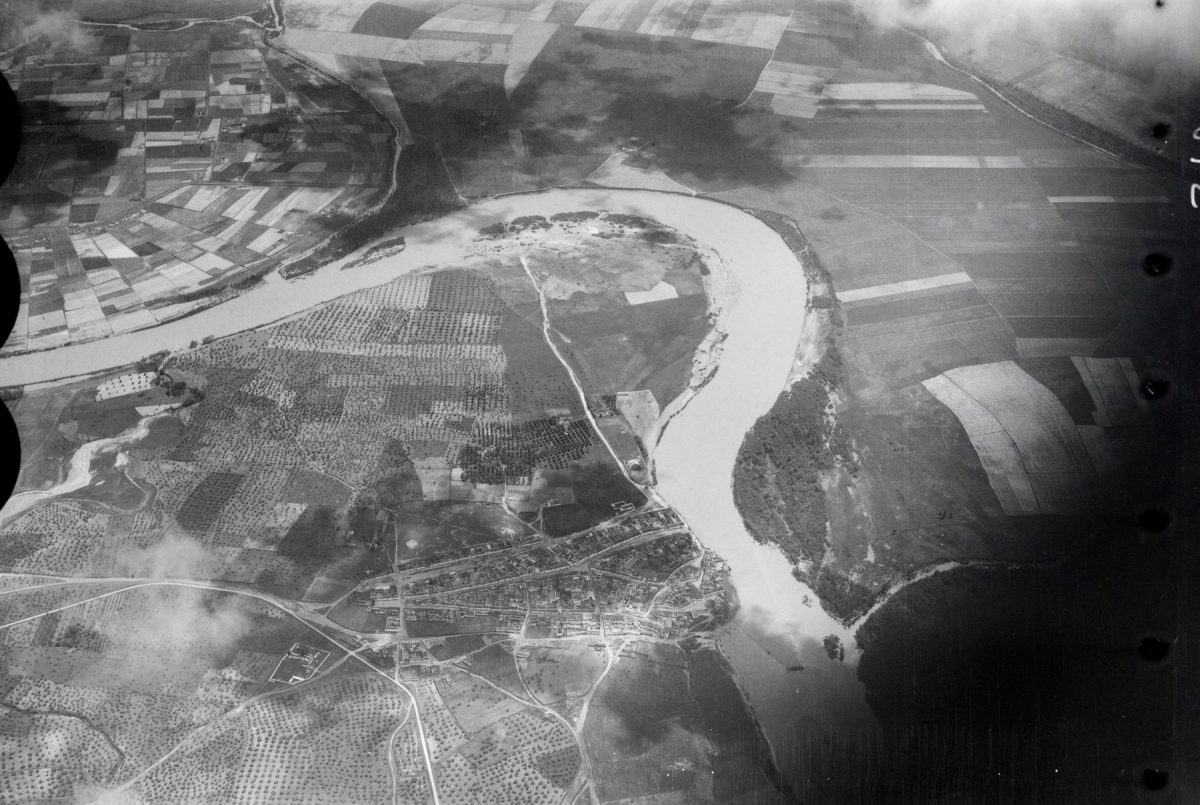
Brenes.
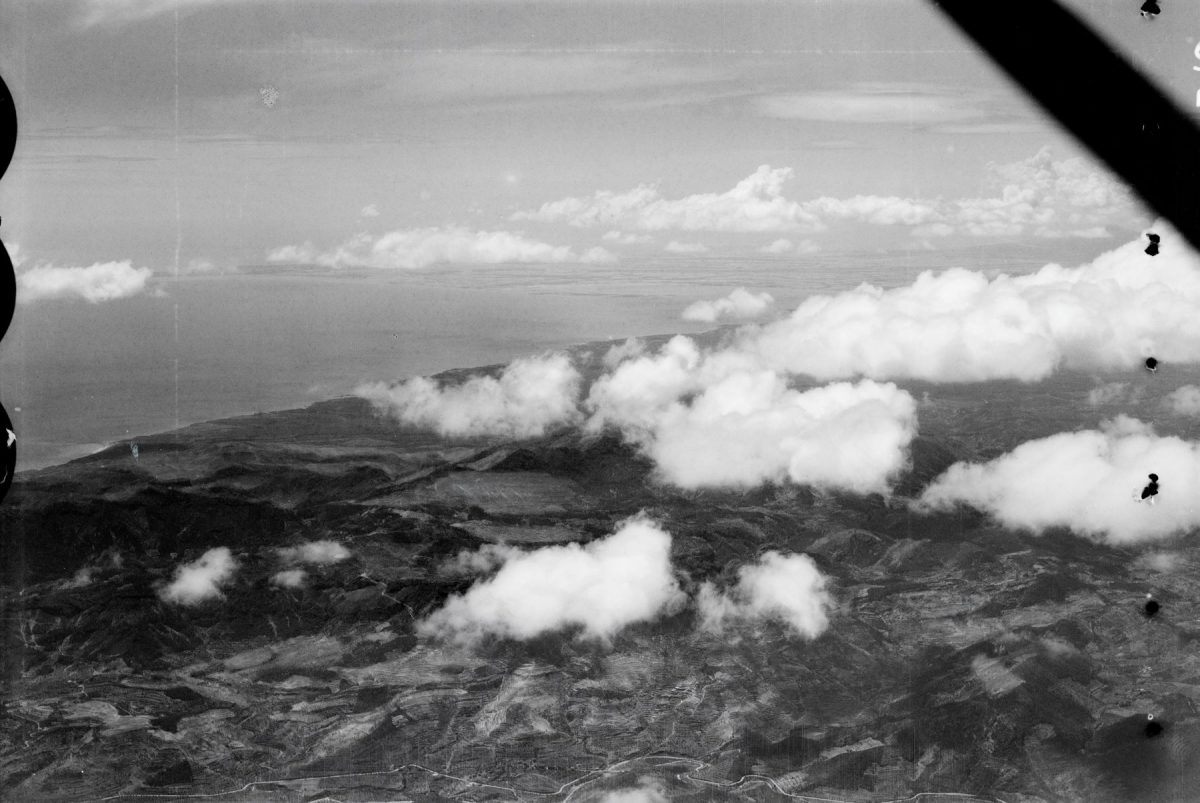
Coast of Spain at Cape Trafalgar.
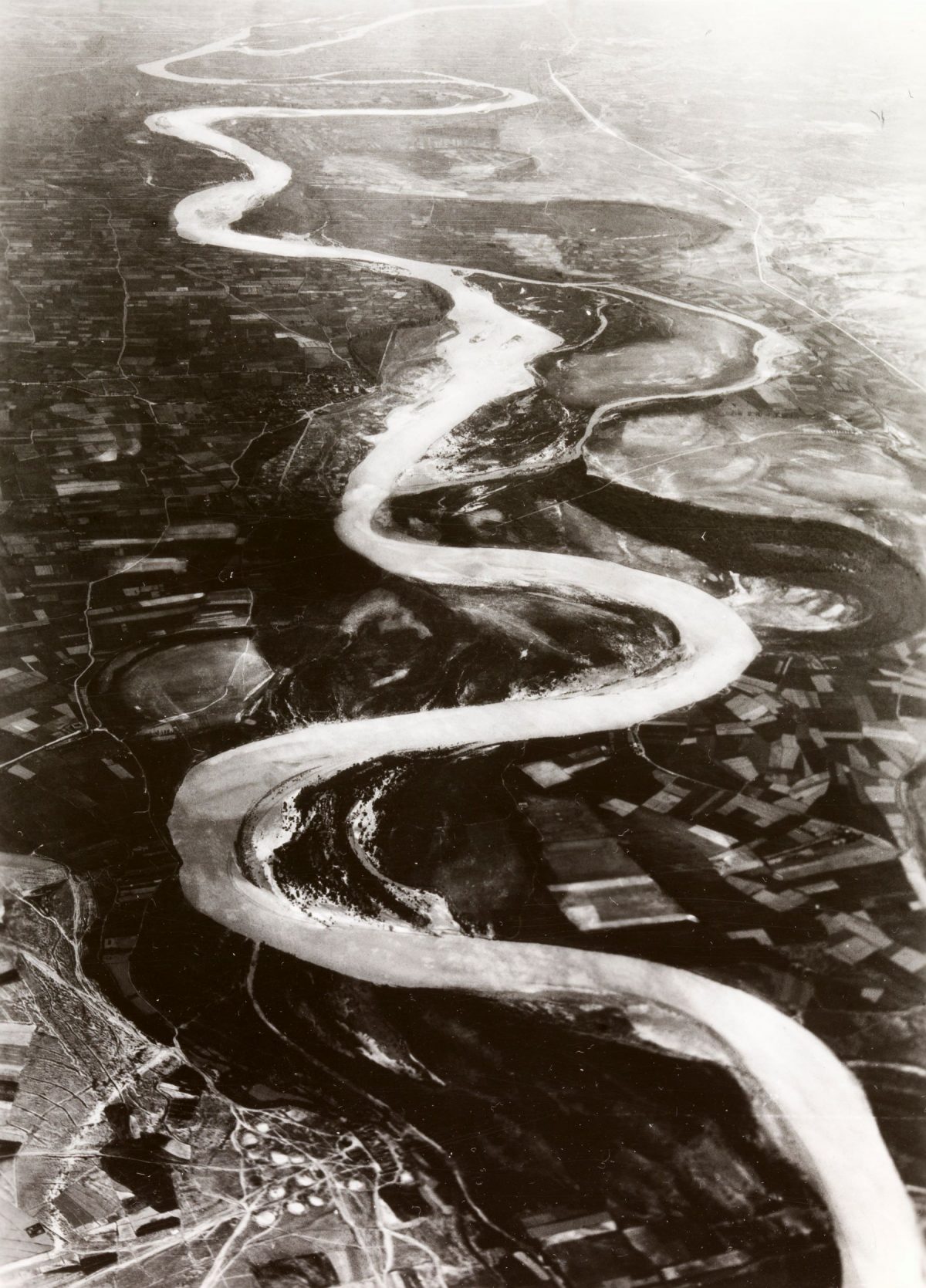
Ebro Valley near Osera.
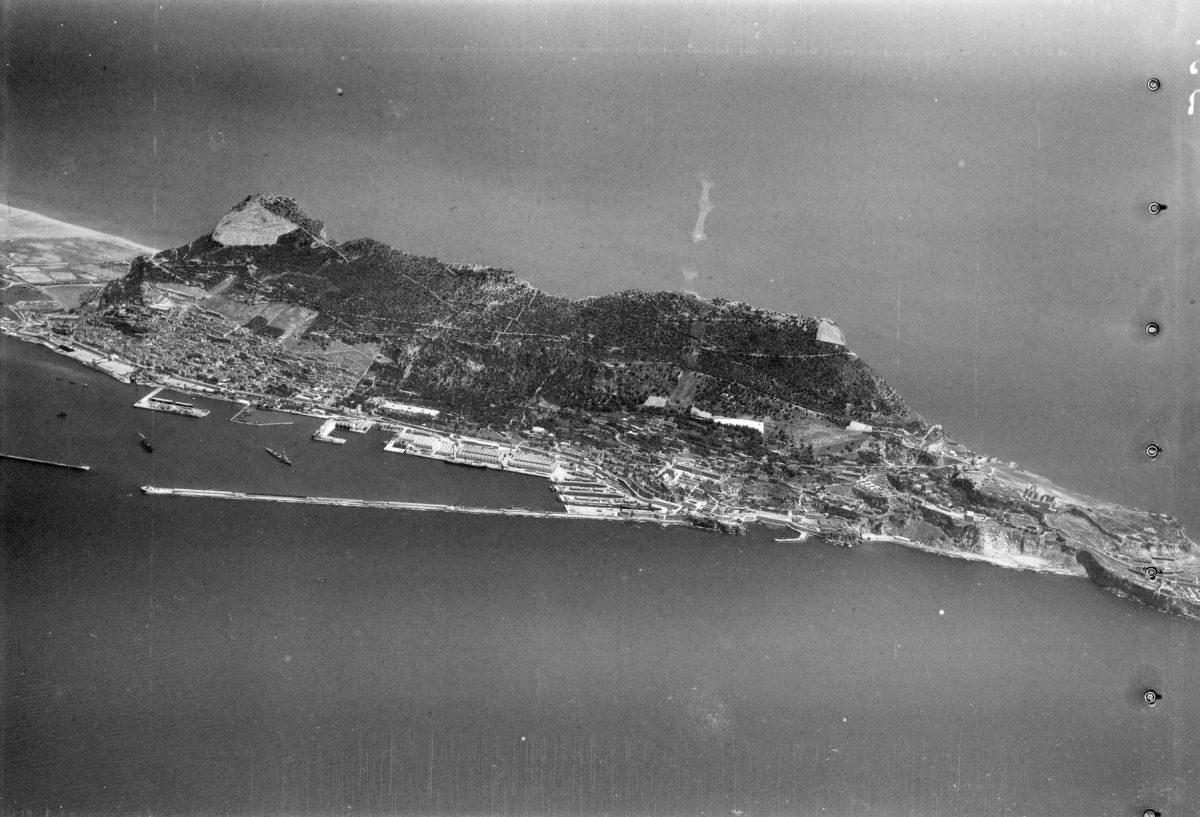
Gibraltar.
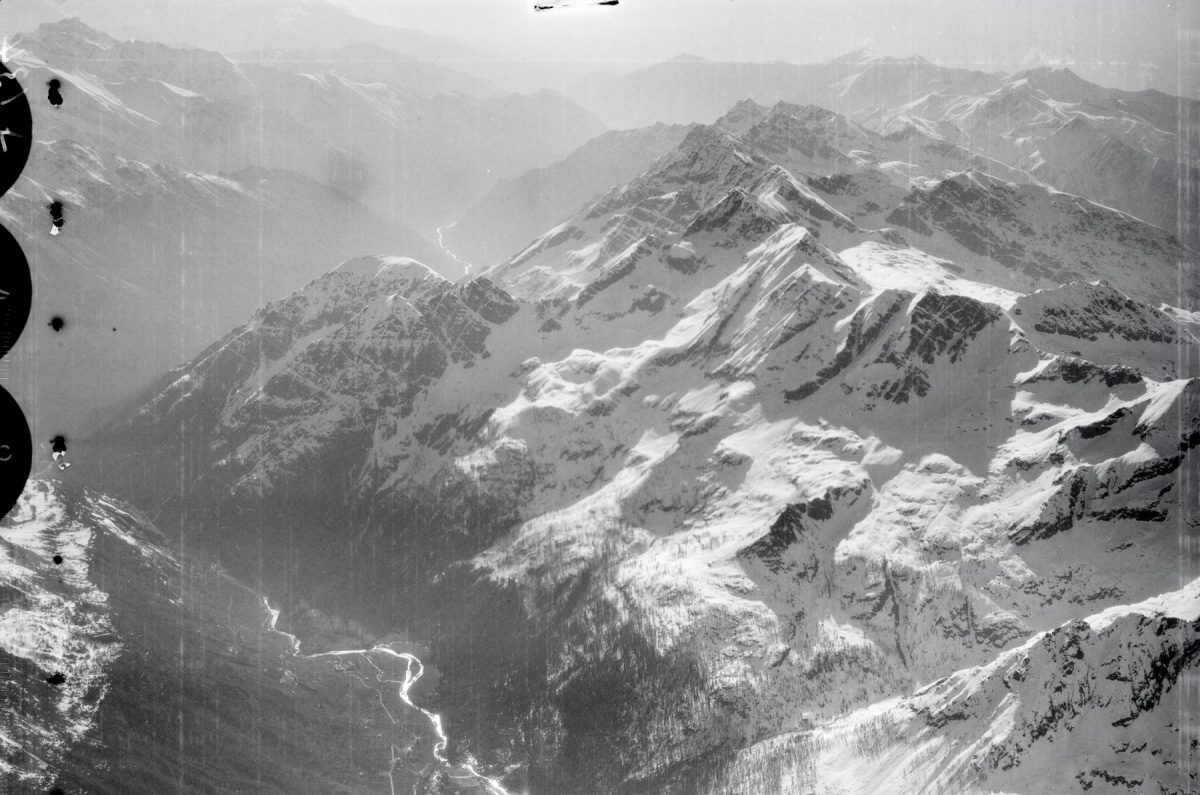
Monte Bellavarda, Italy.
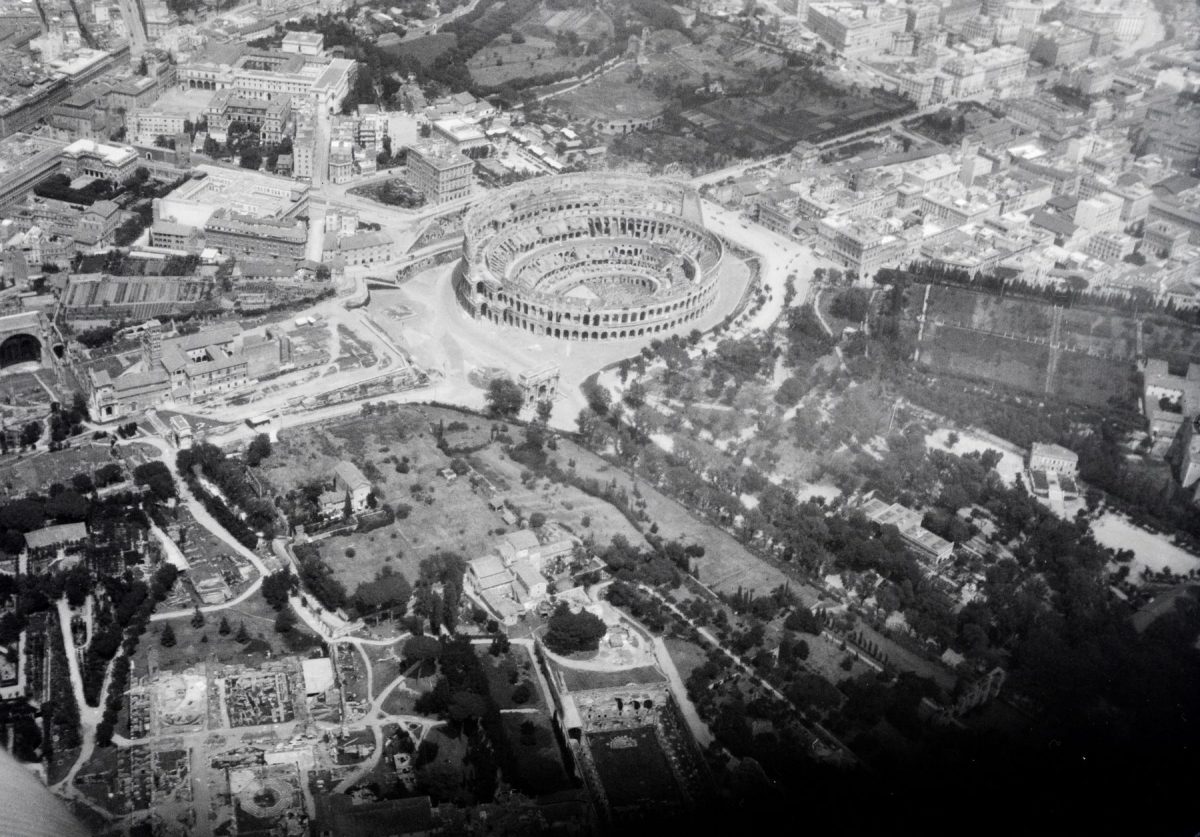
The Colosseum, Rome.
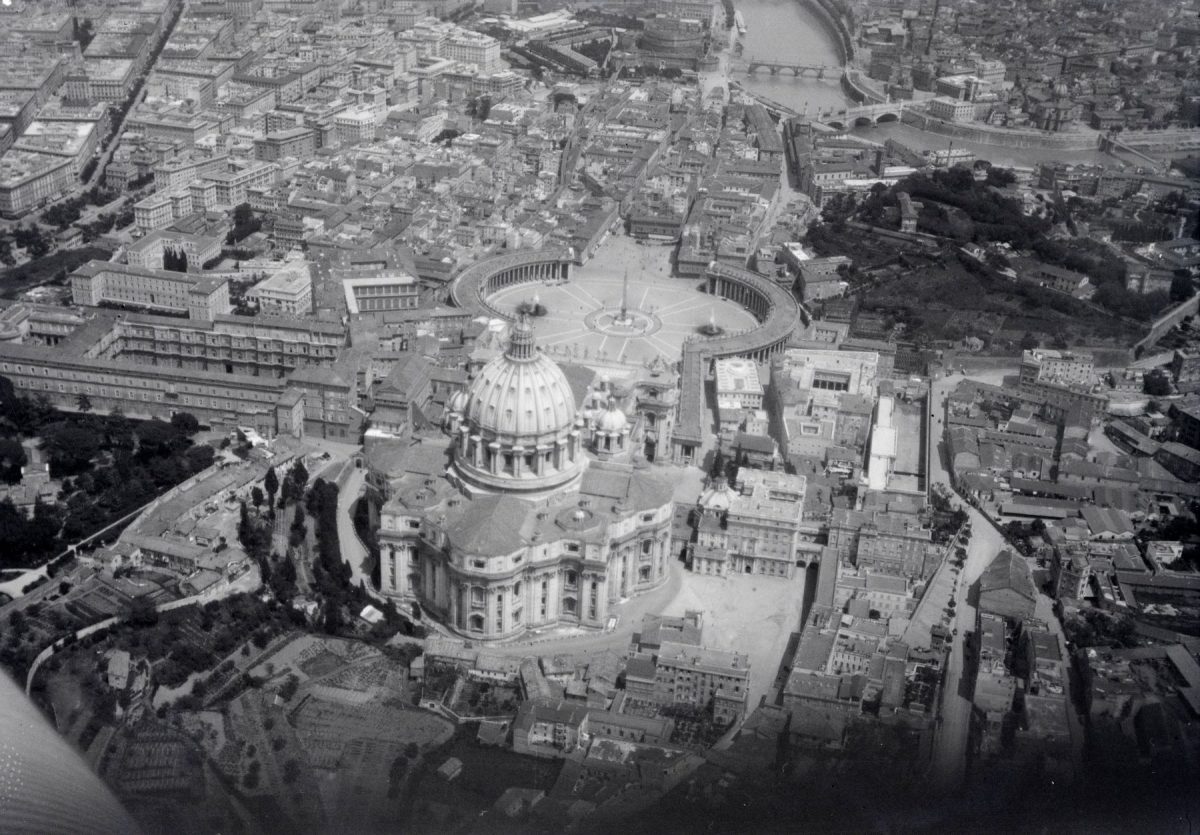
Saint Peter’s Basilica, Vatican, Rome.

Mount Etna, uppermost crater.
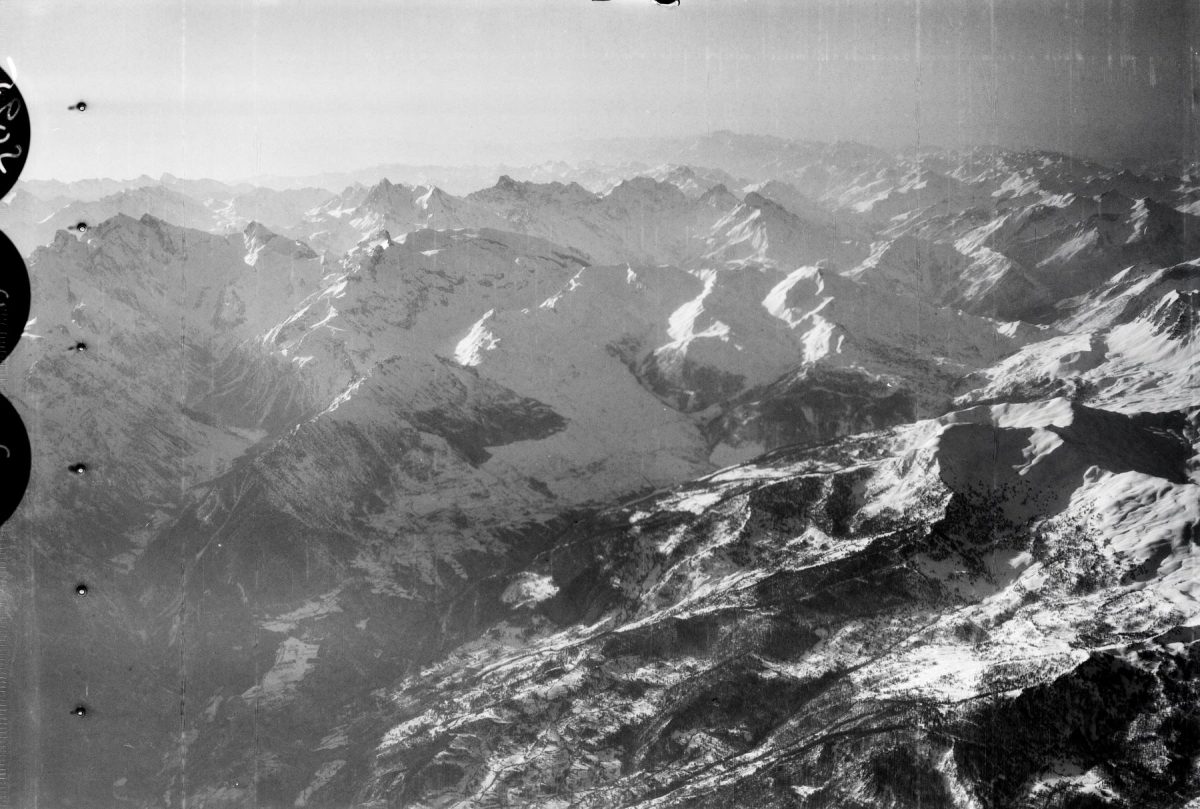
The Alps.
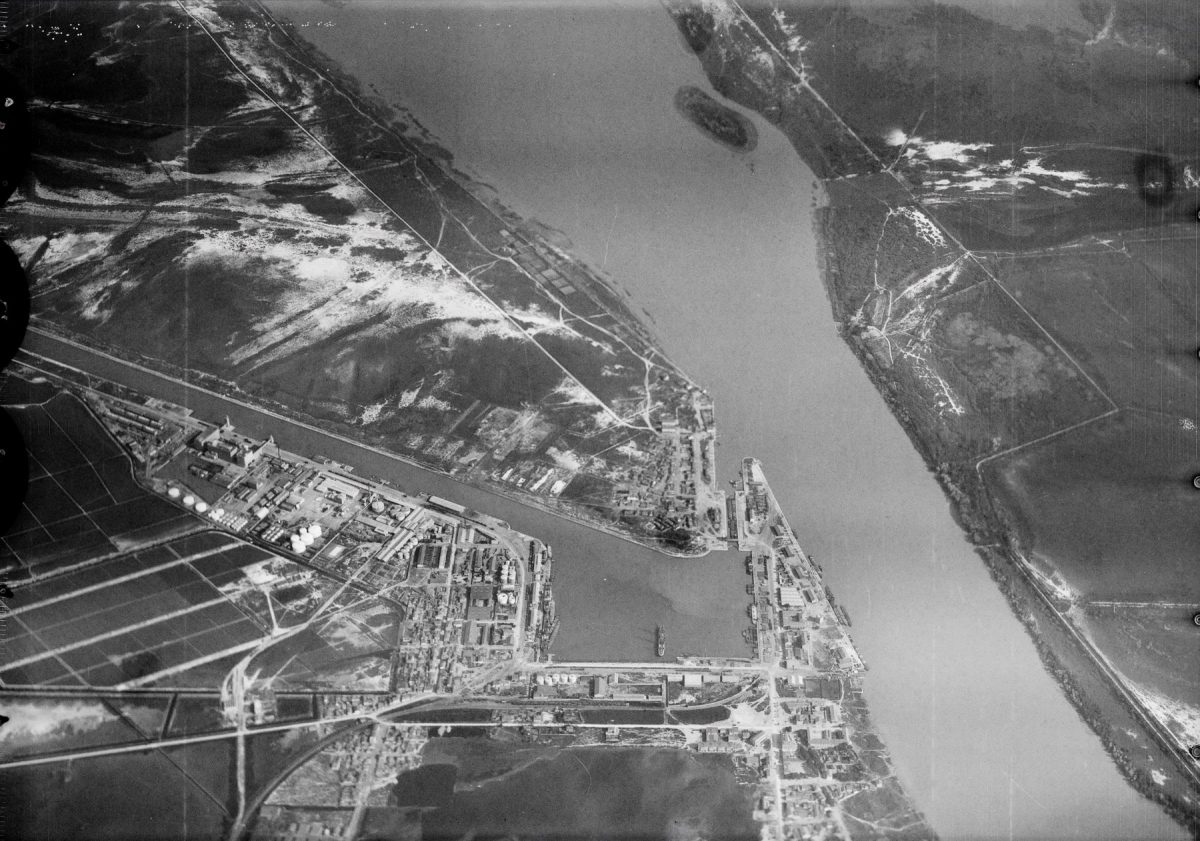
Port Louis du Rhone.
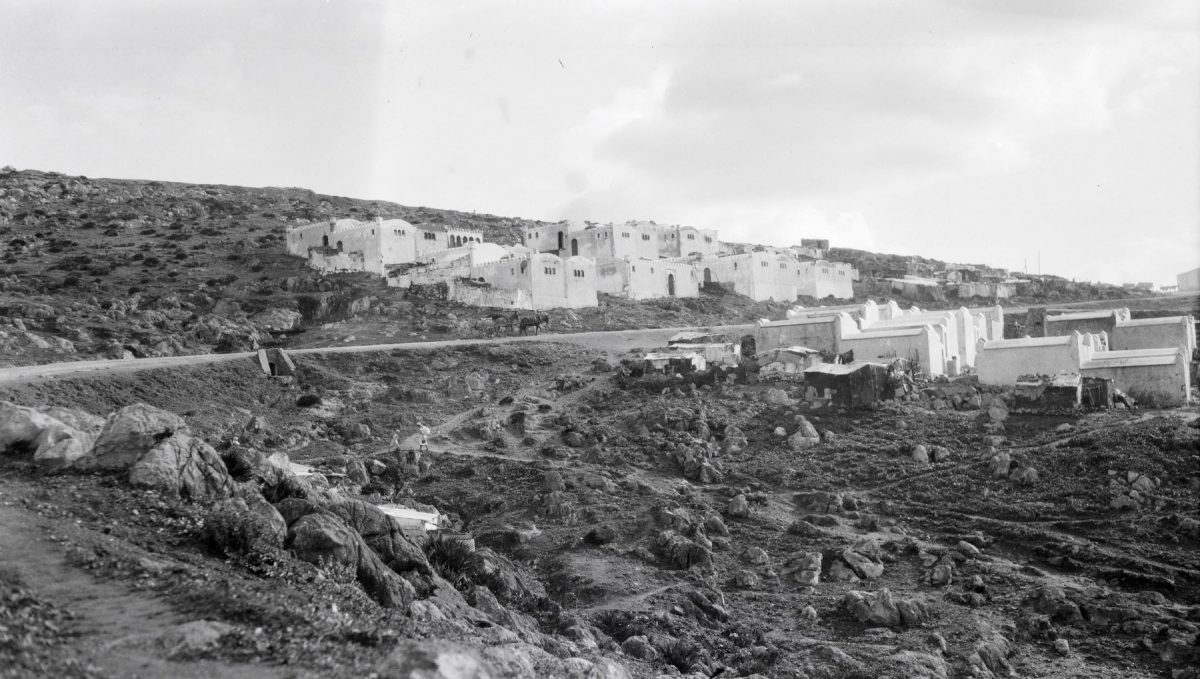
Morocco.
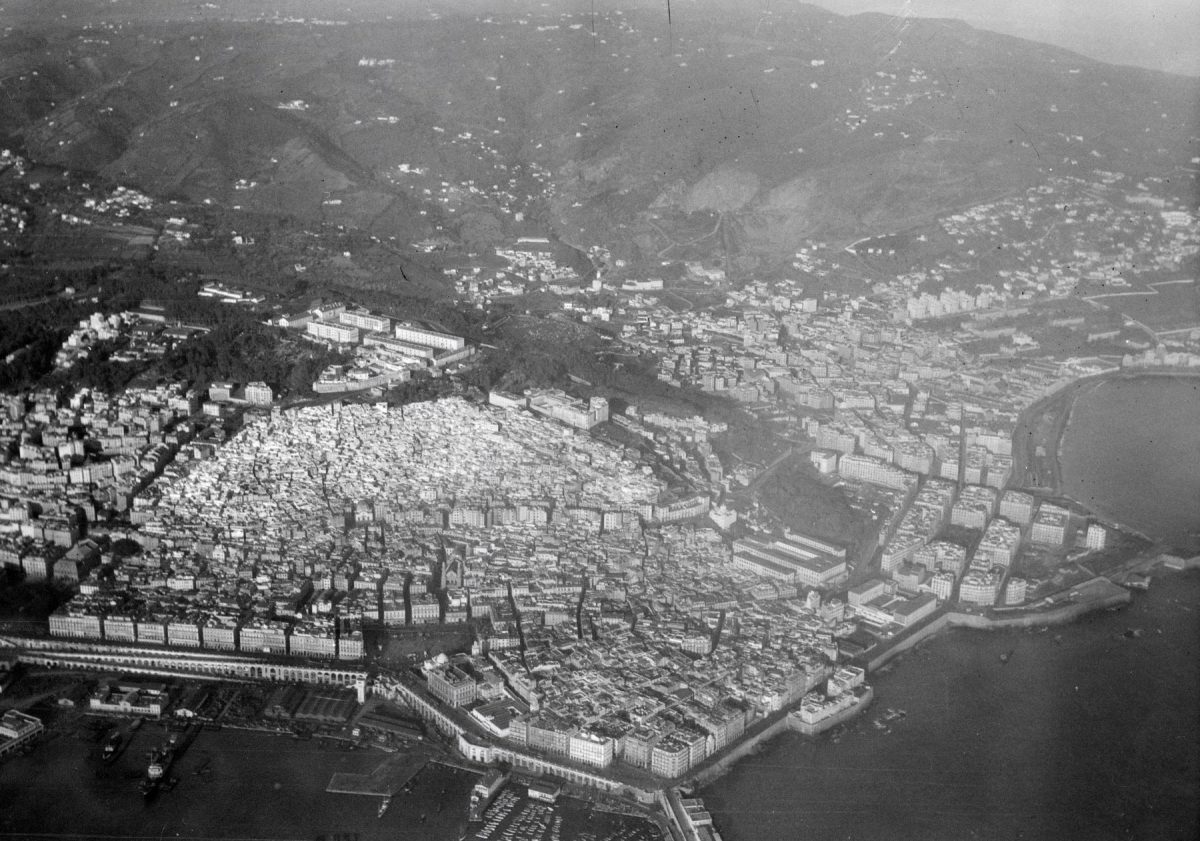
Algiers.
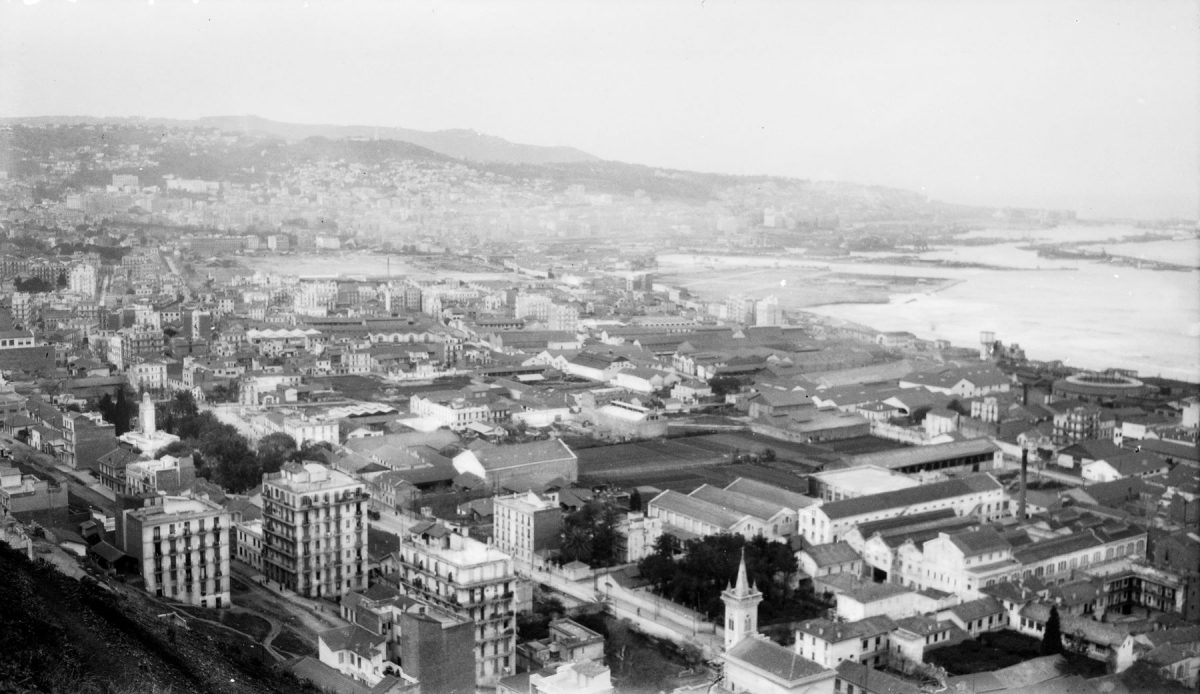
Algiers.
Would you like to support Flashbak?
Please consider making a donation to our site. We don't want to rely on ads to bring you the best of visual culture. You can also support us by signing up to our Mailing List. And you can also follow us on Facebook, Instagram and Twitter. For great art and culture delivered to your door, visit our shop.



